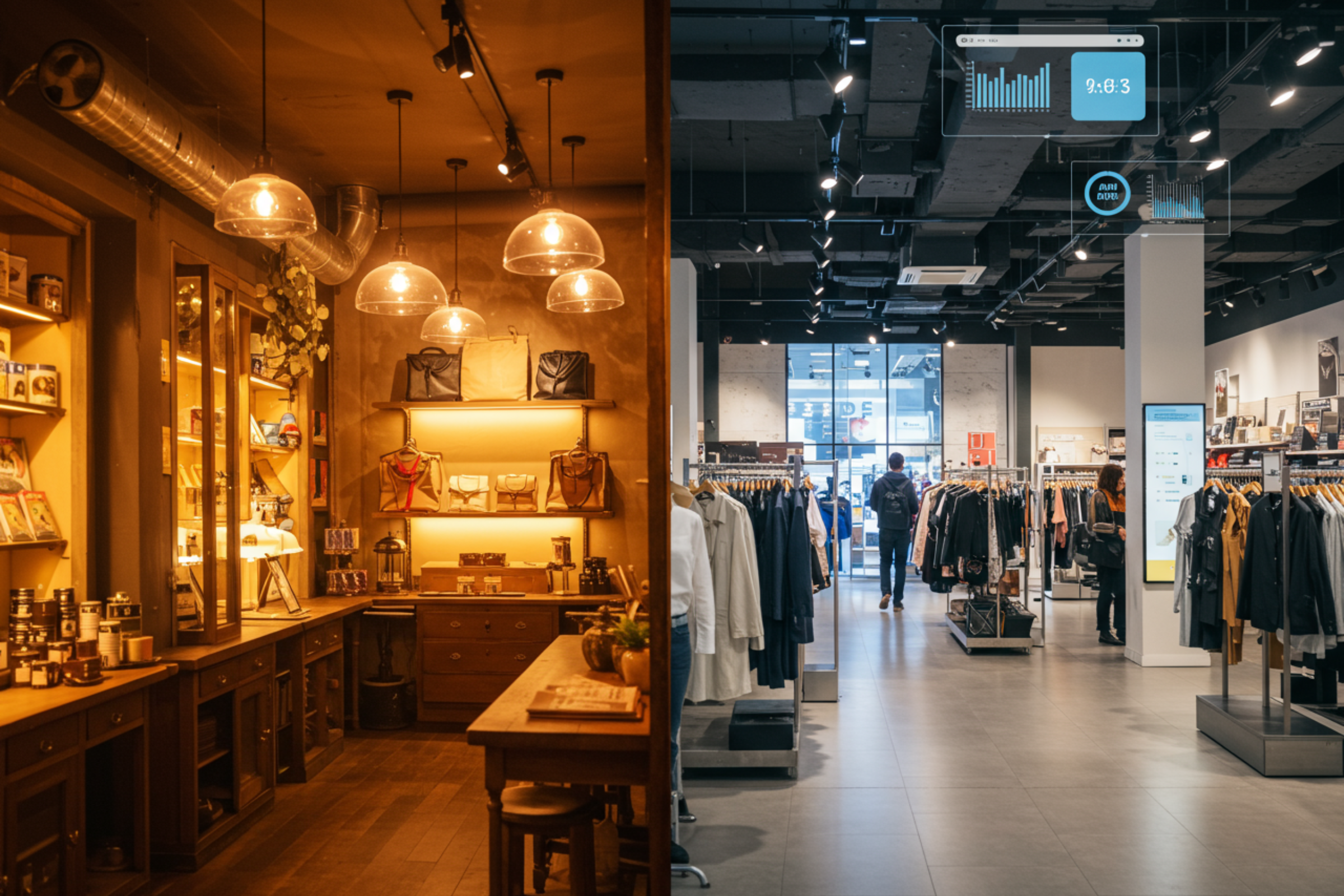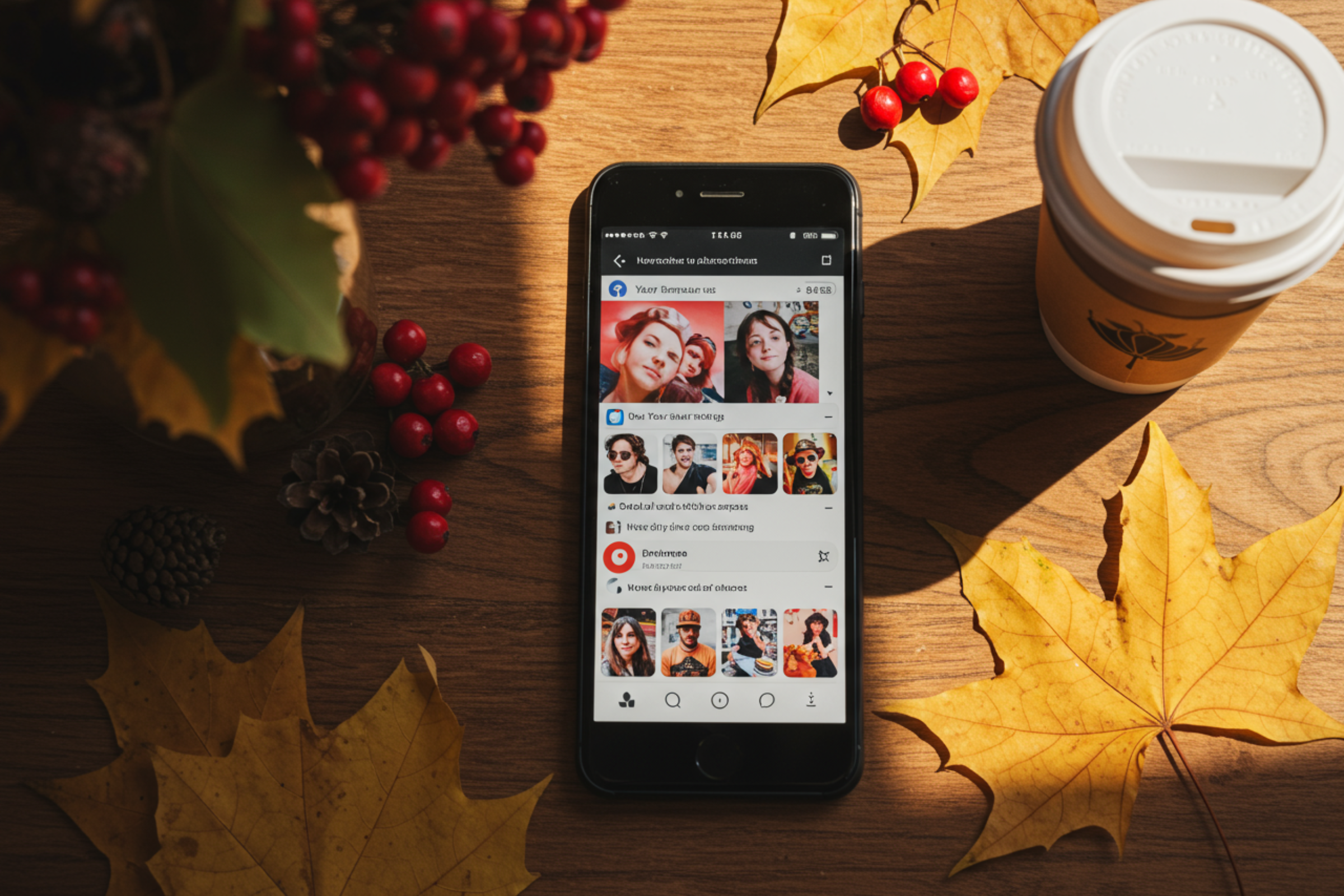Marketing 101: Decoding Consumer Behavior Part 1: Practical Insights for Small Business Marketing with AI Tools
- Unpacking the Influences: How Environment and Situational Factors Shape Buying Decisions
- The Power of Social Trends and Seasonal Timing in Consumer Choices
- Personalities, Preferences, and Psychology: What Drives Your Customers?
- Leveraging AI Marketing Tools to Analyze and Predict Consumer Behavior
- Actionable Strategies: Applying Consumer Insights to Boost Your Small Business
This Marketing 101 blog series is based on our podcast, Effortless Marketing for Small Business Owners with Hailey Hodge. If you would like to listen to the podcast episode that this blog post is based on, you can listen on Spotify or Apple Podcasts!
Understanding consumer behavior is the cornerstone of effective marketing, especially for small businesses navigating competitive markets. At its core, consumer behavior refers to the study of how individuals make decisions to spend their resources—time, money, and effort—on consumption-related items. For small business owners, grasping these decision-making processes is more than a theoretical exercise; it’s a practical necessity for identifying and targeting the right customers.
Much of consumer choice is guided by mental shortcuts—quick rules of thumb developed through experience and shaped by the surrounding environment, marketing messages, personal values, and psychological states. For example, a customer might choose a familiar brand simply because it’s top-of-mind, not necessarily because it’s the best. Understanding these shortcuts allows businesses to position their products in ways that align with natural decision-making tendencies.
Moreover, consumer wants and needs are not static. They change in response to trends, technological advancements, and broader social shifts. Businesses that can anticipate these evolving desires and adapt accordingly are better positioned to create meaningful engagement, foster loyalty, and drive sales. In a landscape where consumer preferences can shift rapidly, staying attuned to behavioral trends offers a crucial competitive advantage. Whether it’s through observing purchasing patterns or leveraging the latest in data analysis, the most successful small businesses are those that make understanding their customers a central part of their strategy.

Unpacking the Influences: How Environment and Situational Factors Shape Buying Decisions
- Store environment (design, lighting, music) affects purchase choices.
- Physical and digital locations impact visibility and sales.
- Weather and crowding influence where and how consumers shop.
- Examples: ambiance in boutiques vs. high-traffic stores; online deals during bad weather.
- AI can help analyze and adapt to these situational factors.
The environment in which a customer encounters your business—whether in a physical storefront or online—plays a significant role in shaping their purchasing decisions. Elements like store layout, product placement, lighting, and even background music contribute to the atmosphere and can subtly influence how long customers linger and what they buy. For example, dim lighting and soft music in a boutique can create a sense of luxury and relaxation, encouraging shoppers to spend more time and potentially make higher-value purchases. In contrast, bright lighting and upbeat music in high-traffic stores are designed to energize shoppers and prompt quick decisions.
Location is another critical factor. A prime retail spot with high foot traffic naturally attracts more potential buyers, but in the digital world, your “location” is determined by the strength of your online presence and search engine optimization (SEO). Being easily discoverable online can be just as important as a great spot on Main Street.
Situational factors such as weather and crowding also play into consumer behavior. Inclement weather might deter people from visiting physical stores, but it can boost online sales as people opt for the convenience of shopping from home. Smart businesses respond to these shifts—offering special online deals during rainy days or adjusting in-store promotions to capitalize on seasonal moods.
With advancements in technology, especially artificial intelligence, it’s now possible to analyze environmental and situational data to tailor marketing strategies in real time. For instance, AI can track how weather patterns influence sales and suggest timely promotions, or optimize digital storefronts based on peak browsing hours. By staying responsive to these external factors, small businesses can create shopping experiences that feel personalized and timely, encouraging customers to choose them over competitors.

The Power of Social Trends and Seasonal Timing in Consumer Choices
- Social media platforms shape consumer trends and drive demand.
- Influencer endorsements and viral challenges boost business visibility.
- Social and political climates affect what consumers prioritize.
- Timing is crucial: seasonal changes and holidays impact spending.
- Strategic marketing around trends and timing can increase sales.
Today’s consumers are heavily influenced by the social context around them, with platforms like TikTok and Instagram acting as powerful engines for trendsetting and viral demand. A single viral video or influencer endorsement can catapult a product or brand into the spotlight overnight, driving substantial traffic and sales for small businesses that are ready to capitalize on the moment.
But social influence doesn’t stop at entertainment. The broader social and political climate also shapes how people spend. During periods of uncertainty or social movements, consumers may shift priorities—favoring essential goods, seeking out brands that align with their values, or supporting local businesses. Being aware of these shifts allows small businesses to adjust messaging and offerings, staying relevant in changing times.
Timing is another key variable. Seasonal cycles and holidays—whether it’s back-to-school, Black Friday, or summer sales—have a predictable impact on consumer spending patterns. Launching themed products, limited-time offers, or festive campaigns can align your business with what’s top-of-mind for customers. For instance, a coffee shop that promotes cozy drinks and special deals on rainy days or during winter holidays can see a noticeable uptick in sales and customer engagement.
Leveraging social trends and timing isn’t just about following the crowd; it’s about understanding what motivates your audience right now and crafting marketing campaigns that resonate. By staying connected to the pulse of social media and planning around key seasonal events, small businesses can maximize visibility, relevance, and sales.

Personalities, Preferences, and Psychology: What Drives Your Customers?
- Consumers have unique personalities and preferences influencing their choices.
- Personality traits affect product alignment (e.g., eco-consciousness).
- Demographics shape interests and shopping habits.
- Lifestyle, activities, and opinions (AIO) play a role.
- Psychological factors (motivation, perception, learning, attitudes) impact loyalty.
Every customer is a unique blend of personality, values, experiences, and preferences, and these personal factors are at the heart of every purchasing decision. For example, personality traits like openness to new experiences or a strong sense of environmental responsibility can lead certain consumers to seek out cutting-edge products or sustainable brands, respectively. Recognizing these nuances helps businesses tailor their offerings and messaging for maximum appeal.
Demographics such as age, gender, and life stage also significantly influence how and what people buy. Younger consumers, who are often more tech-savvy, tend to favor online shopping and respond well to digital marketing. In contrast, older consumers might prefer more traditional channels and value face-to-face interactions. Understanding these distinctions allows businesses to segment their audience and choose the most effective marketing strategies for each group.
Lifestyle factors—including daily activities, hobbies, interests, and personal opinions—are equally important. Someone with an active lifestyle may be more interested in fitness products or on-the-go meal solutions, while a homebody might prioritize comfort-oriented goods.
On the psychological front, motivations follow a hierarchy—ranging from basic needs like safety and comfort to higher-level desires such as self-esteem and self-actualization. Economic conditions can shift which needs are most pressing for your audience. How customers perceive your marketing messages, what captures their attention, and how previous experiences shape their attitudes towards your brand all influence whether they become loyal repeat buyers.
Building loyalty often comes down to creating positive experiences and rewarding engagement. Strategies like offering samples, loyalty programs, or personalized recommendations can strengthen the bond between your business and its customers. The more you understand their inner drivers, the better positioned you are to meet—and exceed—their expectations.

Leveraging AI Marketing Tools to Analyze and Predict Consumer Behavior
- AI tools can process vast consumer data for pattern detection.
- Personalization through AI enhances marketing effectiveness.
- Recommending products based on browsing/purchase history boosts loyalty.
- AI improves the overall shopping experience.
- AI empowers small businesses to compete with larger players.
Artificial intelligence is revolutionizing how small businesses understand and engage their customers. By analyzing vast amounts of consumer data—from browsing habits and purchase histories to social media interactions—AI tools can detect patterns that would otherwise go unnoticed. These insights enable businesses to predict future behaviors, identify emerging trends, and make data-driven decisions with greater confidence.
One of the most powerful applications of AI in marketing is personalization. Modern AI tools can recommend products tailored to individual preferences, send targeted offers at optimal times, and even adjust website content dynamically based on a visitor’s interests. This level of customization not only makes customers feel valued but also increases the likelihood of repeat business and brand loyalty.
AI-powered analytics also help refine the customer journey by identifying pain points and opportunities for improvement. For example, if data shows that shoppers abandon their carts at a particular stage, businesses can test new incentives or streamline the checkout process.
Importantly, AI technology levels the playing field for small businesses. In the past, advanced data analysis and targeted marketing were resources available only to large corporations with substantial budgets. Now, intuitive AI tools make it possible for smaller enterprises to harness the same capabilities—enabling them to compete effectively, enhance customer engagement, and ultimately drive sales.
By integrating AI-driven marketing solutions, small business owners can move from guesswork to strategy, ensuring that every marketing dollar is spent in the most impactful way.

Actionable Strategies: Applying Consumer Insights to Boost Your Small Business
- Segment your audience using behavioral and demographic data.
- Personalize marketing messages for different customer groups.
- Adapt promotions to environmental and situational factors.
- Monitor social trends and adjust campaigns accordingly.
- Use AI tools to automate and optimize content creation and customer targeting.
Turning consumer insights into actionable strategies can significantly enhance your marketing results. Start by segmenting your audience—not just by basic demographics, but by analyzing behavioral patterns and preferences. This allows you to craft tailored messages that resonate with each group, increasing the relevance and effectiveness of your campaigns.
Personalization should go beyond addressing customers by name. Use insights into their browsing and purchase history to recommend products or services that align with their interests. For example, if a segment of your audience frequently engages with fitness content, highlight your health-related products in targeted emails or social media posts.
Stay agile by adapting your promotions to environmental and situational factors. If bad weather is in the forecast, ramp up online deals or promote indoor products. When seasonal events or holidays approach, launch themed campaigns to tap into heightened buying enthusiasm.
Social trends move fast, so keep a close eye on platforms where your audience spends their time. Respond promptly to viral moments or trending topics by creating timely content or limited-time offers that tie into the current conversation.
Finally, leverage AI-powered tools to automate and optimize content creation, campaign scheduling, and customer targeting. These technologies simplify the process of analyzing data, uncovering insights, and executing marketing strategies—freeing up your time to focus on delivering exceptional products and customer experiences. By making consumer understanding a central part of your approach, you can build stronger relationships, drive growth, and ensure your small business thrives in an ever-changing marketplace.